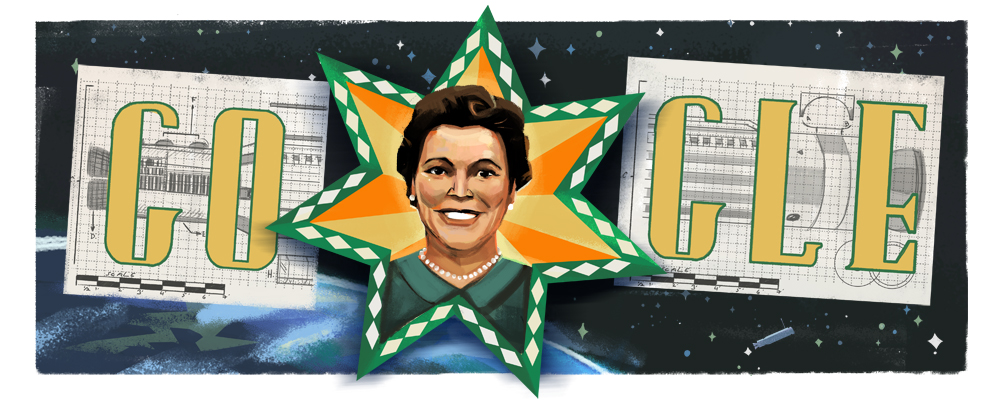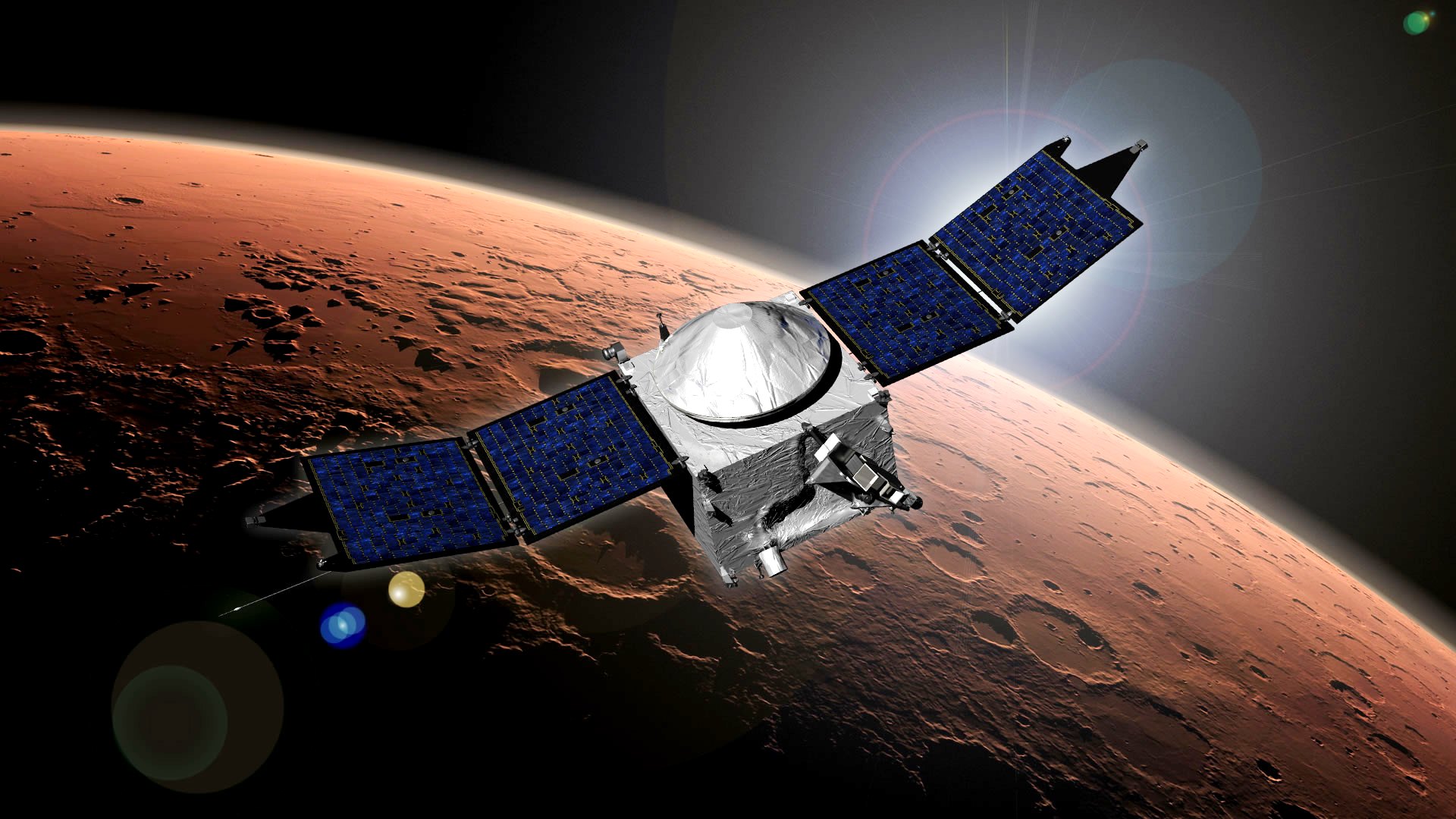Google Doodle Honors Mary Ross, Aerospace's 1st Native American Female Engineer


Google is celebrating the accomplishments of the first known female Native American engineer, Mary G. Ross, today (Aug. 9) on the 110th anniversary of her birth.
We know Ross worked on projects including the Agena rocket and the Poseidon and Trident missiles and on planning missions to targets including Mars and Venus during her career as a mathematician and engineer at what was then called Lockheed Missiles and Space Company. But much of her work goes unrecognized, because it is still classified, according to the Society of Women Engineers, of which she was a member.
"Often, at night, there were four of us working until 11 p.m.," Google reports Ross as having said. "I was the pencil pusher, doing a lot of research. My state-of-the-art tools were a slide rule and a Friden computer. We were taking the theoretical and making it real."
Her talent and dedication ensured that she was recognized by her colleagues even while her work remained unpublicized. "I would unhesitatingly place her in the top 10 percent of engineers of my acquaintance and professional knowledge," a manager at Lockheed wrote of Ross' work, according to the Society of Women Engineers.
The Agena rocket that Ross helped build was used during the Gemini program as the target for early docking practice missions. It appears in the background of Google's commemorative drawing.
Ross belonged to the Cherokee Nation and was the great-great-granddaughter of Chief John Ross, who led the tribe during the infamous Trail of Tears, which saw them forcibly relocated west from their home territory, according to the Society of Women Engineers. She worked for the Bureau of Indian Affairs before Lockheed hired her, and she sought, both during her career and after her retirement, to encourage other women and Native Americans to pursue careers in engineering.
Email Meghan Bartels at mbartels@space.com or follow her @meghanbartels. Follow us @Spacedotcom, Facebook and Google+. Original article on Space.com.
Breaking space news, the latest updates on rocket launches, skywatching events and more!

Meghan is a senior writer at Space.com and has more than five years' experience as a science journalist based in New York City. She joined Space.com in July 2018, with previous writing published in outlets including Newsweek and Audubon. Meghan earned an MA in science journalism from New York University and a BA in classics from Georgetown University, and in her free time she enjoys reading and visiting museums. Follow her on Twitter at @meghanbartels.
